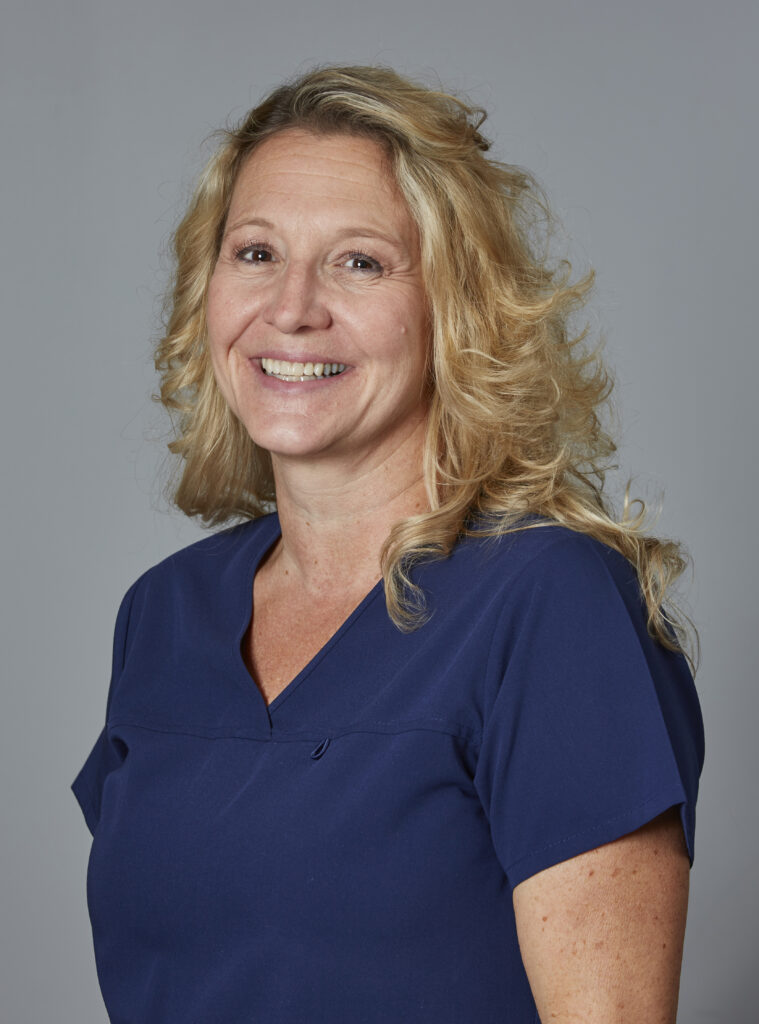Nobody Has to Get Hurt: Smarter Handling Solutions Protect Nurses, Caregivers, & Their Patients
The importance of patient repositioning is well known in healthcare. It’s also a Catch-22: The more often nurses and caregivers manually reposition bedridden patients, the more likely they are to incur injuries themselves. COVID made matters worse by increasing the need for proning (turning patients from their backs to their stomachs to alleviate respiratory distress), driving up nurse and caregiver injuries and exacerbating the healthcare worker shortage.
How We Got Here
Exertion-induced injuries among nurses and caregivers were already on the rise prior to 2020 as research underscored the value of movement to patient health.
“Even a very small amount of physical movement improves a patient’s oxygenation and circulation, makes them more cognizant, and prevents muscle loss, contributing to stronger health outcomes,” explains Caroline Cruz, HoverTech’s Clinical Product Education Manager.
Pressure injury prevention is another benefit of patient movement. Hospital-acquired pressure injuries, abbreviated HAPI, affect as many as 2.5 million patients each year. According to the National Pressure Injury Advisory Panel (NPIAP), the leading scientific authority on pressure injury prevention and treatment, “a pressure injury is localized damage to the skin and underlying soft tissue usually over a bony prominence or related to a medical or other device”. The pressure injury can either present as intact skin or an open ulcer and usually occurs over a bony prominence. [1] The injury can occur as a result of sustained or intense pressure or pressure in combination with shear force found to occur among individuals who are bedridden, wheelchair users or wearing a medical device.[2] They are painful, prone to infection, slow to heal, and can lead to death,[3] and beyond their devastating toll on patients and families, come at a steep financial cost: Once covered by Medicare and Medicaid, today HAPI are the financial responsibility of the hospital or systems caring for patients with related care costs ranging from $20,900 to $151,700.[4]

The question, then, isn’t whether to move patients frequently – but how.
Astoundingly, many hospitals and facilities still use slide sheets or bedsheets for manual patient handling. The slide sheet approach requires logrolling the patient and inserting the slide sheet beneath them and manually pulling on or dragging the slide sheet each time the patient needs to be turned, repositioned, or boosted. After the procedure, the patient must be logrolled a second time to remove the slide sheet. A bedsheet can be left under the patient; however, it still requires the same manual effort to reposition the patient as a slide sheet. While this equipment reduces nurse and caregiver exertion slightly, it introduces several more hurdles: The manual movement required to use these devices can cause friction and skin shearing to the patient’s skin as well as caregiver injuries.
“I had back surgery two years ago,” Cruz remembers. “The hospital staff used bedsheets to manually drag me when I needed to be boosted or repositioned. There was a nurse on either side of me, pulling the sheet up and from side to side; the staff actually had me hold onto their shoulders while they moved me. I remember feeling badly that they had to use so much physical exertion, but I was also upset because it was embarrassing and uncomfortable – and didn’t seem like the safest approach for my recovering back.”
Meet HoverTech
HoverTech’s HoverMatt and HoverSling Air-assisted devices are specifically designed to solve all of these patient handling problems without creating new ones. These safe patient handling devices can actively and effectively prevent exertion-related injuries among staff and caregivers and can be used as part of pressure injury prevention protocol for patients. Both the air-assisted HoverMatt® Single-Patient-Use (SPU) Air Transfer Mattress and the HoverSling®Repositioning Sheet use airflow technology to reduce the force needed to move a patient by an astounding 80 to 90%. In other words, moving a 300-pound patient with HoverTech products only requires the same effort needed to move 30 to 60 pounds! As a result, fewer caregivers are needed to turn and move patients (rarely more than two), improving safety and efficiency.
The HoverMatt and HoverSling are similarly effective as pressure injury prevention products. They are highly breathable, with elevated evaporative properties that create ideal microclimates, are compatible with low air loss surfaces, reduce friction and shear during movement, and redistribute pressure.
Tougher to measure but equally important is the matter of patient dignity.
“HoverMatt and HoverSling offer patients a far more pleasant, comfortable, and dignified experience than any alternative,” Cruz says. “The simple fact that the HoverMatt can remain under a patient 24/7 without risking pressure injuries means patients are subjected less often to prodding and touching. Because HoverMatt reduces the force required to move a patient by up to 90%, it also spares heavier patients the embarrassment of hearing staff call for added support. These products just make everyone feel better.”
The HoverMatt and HoverSling can be used for more than patient turning and proning. They’re also designed for lateral transfers, boosting, and positioning, and are already dramatically reducing hospital injuries and costs nationwide.
Looking to protect staff and patients moving forward? Contact HoverTech for a demonstration. For immediate questions, call our customer support line (800) 471-2776, available Mon-Fri 8:00 AM – 5:00 PM EST.
[1] National Pressure Ulcer Advisory Panel. NPUAP position statement on staging – 2017 clarifications. National Pressure Ulcer Advisory Panel 2017. http://www.npuap.org/wp-content/uploads/2012/01/NPUAP-Position-Statement-on-Staging-Jan2017.pdf
[2] Oomens CW, Bader DL, Loerakker S, Baaijens F. Pressure induced deep tissue injury explained. Annals of Biomedical Engineering 2015; 43(2), 297-305.
[3] https://www.ncbi.nlm.nih.gov/books/NBK557868/
[4] https://hovermatt.com/solutions/pressure-injury-prevention/
